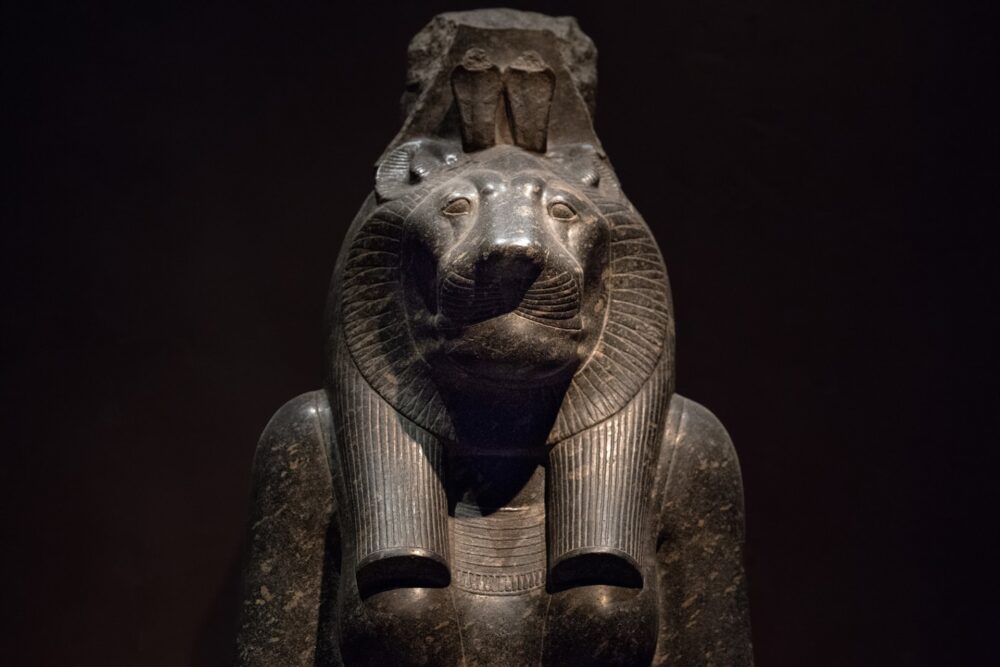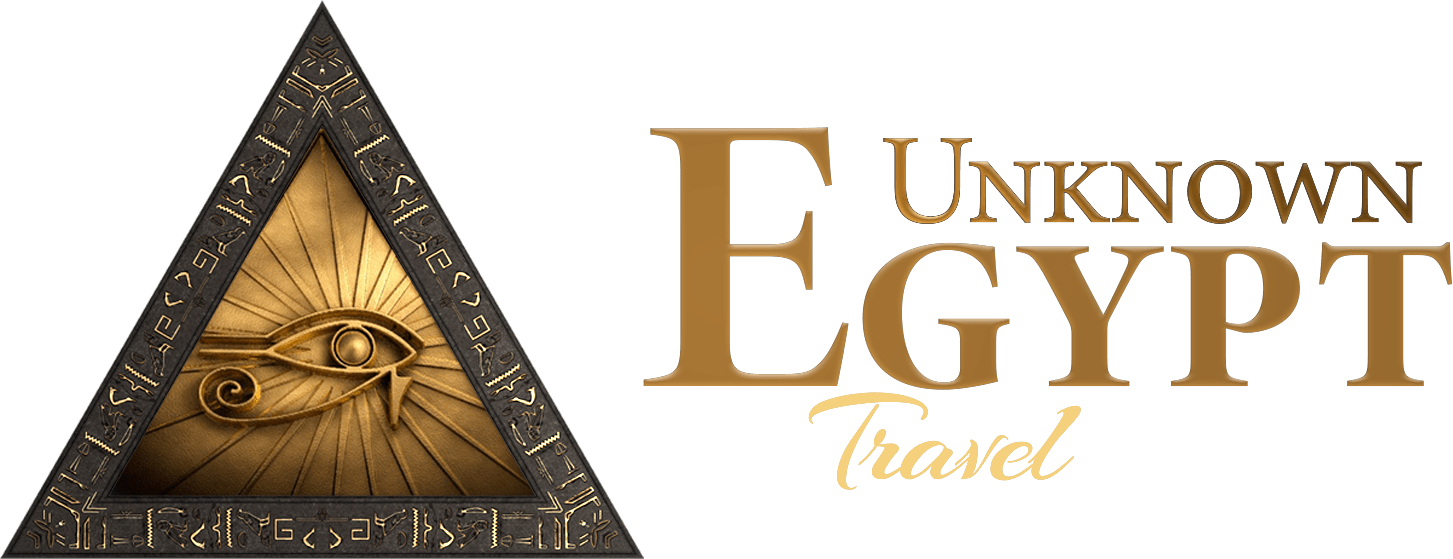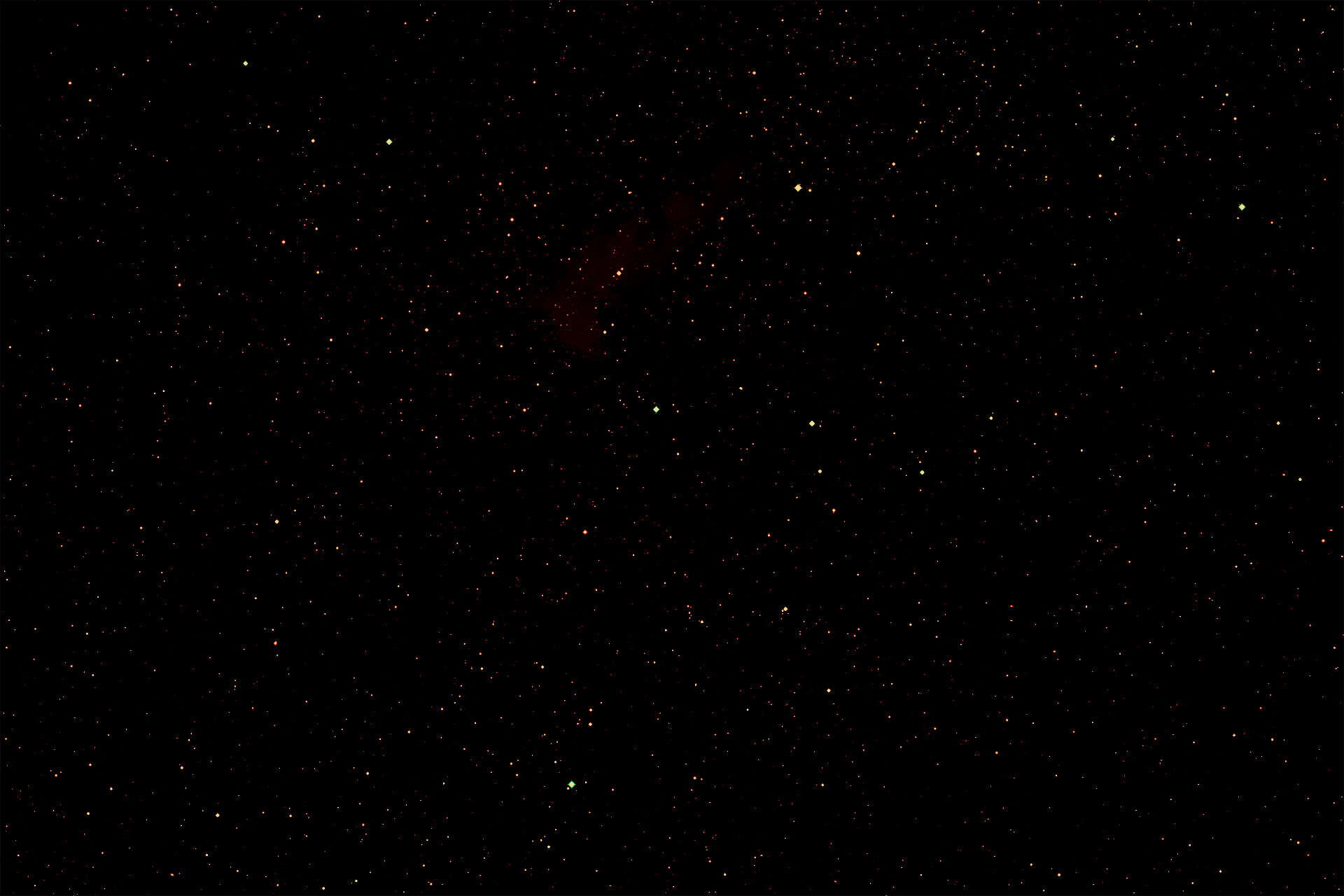
08 Feb Sekhmet: A Form Of Shakti
The nature of sacred feminine (Shakti) energy is fundamentally Love. A love that can be profoundly wise and motherly, but also fierce, wild, and protective; A giver of love, a creator, and a guardian.
The term Shakti refers to multiple ideas. Its general definition is dynamic feminine energy responsible for the creation, maintenance, and destruction of the universe. It is identified as female energy because shakti is responsible for all creation, as mothers are responsible for birth. Without Shakti, nothing in this universe would happen; she stimulates Shiva, which is passive (divine masculine) energy in the form of consciousness, to create.
One of the most powerful archetypal energies resembling this divine Shakti energy is the Egyptian Goddess Sekhmet.
Sekhmet is an essential sun deity in ancient Egypt. She is considered the power of Ra (Eye of Ra) and protector of Ma’at, the representation of Divine truth, balance, and justice.
On the one hand, she is known as the “Lady of Life,”; a nourishing, creative force and patron of all Healers. But, on the other hand, she’s known as the “Lady of Flame.” The “goddess of destruction” whose warrior-like spirit frightened the Egyptians.
There are many ways that Sekhmet resembles the Divine Feminine Shakti. Here are just a few examples:
-
-
Sekhmet means ‘powerful female’; “Sekhem” means “powerful.” Goddess Shakti in Indian mythology is the “powerful goddess”; the word ‘Shakti’ means power.
-
Sekhmet is an essential leonine deity of Egypt; Goddess Durga, an archetypal form of Shakti (divine feminine energy/ power), protects her devotees from evil forces and safeguards them. She rides a lion.
-
Sekhmet breathes fire; Kali, a form of Shakti, is depicted with fire emanating from her mouth.
-
Sekhmet, like Shakti energy itself, has both dangerous and benevolent aspects.
-
Sekhmet is portrayed with minimal clothing or naked in sculpture. Goddesses who represent Shakti are often portrayed nude, especially Chinnamasta (the Tantric Goddess of Transformation), a form of Shakti with ferocious power.
-
Sekhmet is associated with Hathor, who is associated with Phallus. Shakti is the wife of Shiva, also represented as Lingam.
-
Sekhmet is the mother goddess and mother of the king. In India, Shakti is addressed as ‘mother.’
-
Sekhmet was also called the ‘Mistress of dread’ and other names describing her dangerous power. Shakti has plenty of such names.
-
Sekhmet is associated with the power of sending a plague or getting rid of it. Rituals are performed to appease the goddess to prevent/cure them. There is a Shakti temple in Bangalore to fight the plague called Plague Mariamma. In India, people pray to Shakti to protect or heal them from epidemics such as Smallpox, Chickenpox, and plagues. The diseases are themselves called ‘Amma’, meaning mother Shakti.
-
Priests and healers of Sekhmet practiced medicine, healing spells, and prayers and used amulets in their rituals. Shakti temples receive many sacred threads, lockets, and charms asking for protection from various diseases and distress.
-

